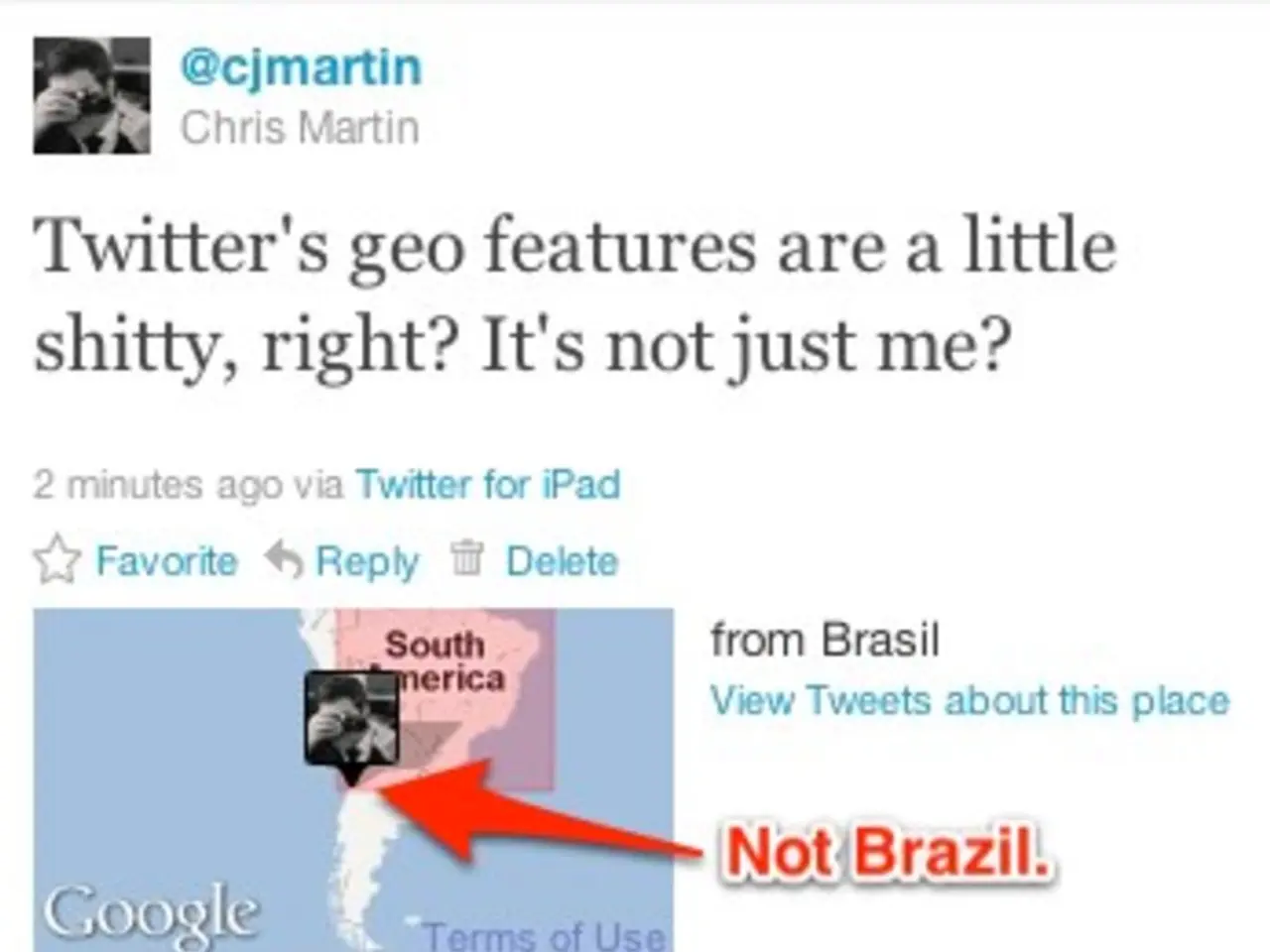7 Methods to Employ Historical Maps for Exciting Outdoor Adventures that Inspire Astonishment
Exploring History with Modern Tools: A Guide to Using Historical Maps for Modern Exploration
Modern technology has opened up new possibilities for exploring history, and one of the most exciting ways to do this is by using historical maps for modern exploration. Here's a guide on how to make the most of this fascinating pastime.
Documenting Your Journey
When venturing out to historical locations, documenting your journey is key. Positioning yourself at identical vantage points when photographing these locations creates compelling before-and-after comparisons. To protect your historical maps from moisture damage during outdoor adventures, consider using waterproof map cases.
Finding Historical Maps
There are several reliable sources for obtaining and using historical maps for modern exploration. The Royal Geographical Society (RGS) Archive, for instance, holds over one million sheets of maps and charts dating back to 1485. Other resources include the OldMapsOnline Portal, Library of Congress Digital Collections, Digital Public Library of America (DPLA), University and Library LibGuides, International Cartographic Association (ICA), and various scholarly institutions.
Navigating with Historical Maps
Navigating with historical maps requires a different approach than using modern maps. Cartographers' historical strategies such as marking uncertain locations differently, understanding the map’s context and projection, and cross-referencing multiple sources to navigate discrepancies and incomplete data are essential. Combining these historical sources with modern GIS and spatial data enhances reliability and usability.
Safety Measures
Safety should always be a priority when exploring. Study recent geological surveys and topographical maps to identify areas prone to rockfall, flooding, or unstable soil conditions. Register your plans with local ranger stations when exploring public lands. Carry emergency communication devices and inform someone of your exact plans.
Modern Tools for Navigation
Smartphone apps with offline map capabilities serve as essential backup navigation systems. Altimeters help verify elevation data from historical topographical features. Avenza Maps or Gaia GPS, for example, can record coordinates in multiple formats and allow digital overlay techniques to superimpose historical maps onto current satellite imagery.
Navigation Essentials
A quality compass is the most reliable navigation tool when using historical maps. Modern GPS devices can fail, but a compass provides consistent magnetic bearings. Carry satellite communication devices for areas where historical routes venture into remote wilderness regions.
Sharing Your Findings
Post your findings on platforms like iNaturalist or specialized hiking forums. Provide detailed GPS coordinates, historical map references, and estimated timeline to trusted contacts before departing. Sharing both your planned route and alternative exit points with others is also important.
Respecting Property Rights
Private property boundaries have shifted significantly since historical maps were drawn. Always carry current property maps alongside your historical ones to avoid trespassing situations. Contact local land management offices and county assessors to verify current ownership before following historical routes.
Preserving Your Maps
Laminating historical maps before field use provides additional protection against tears and water damage. Store backup copies of maps in separate waterproof containers throughout your pack.
Combining Old and New
Combining vintage maps with modern technology creates a powerful navigation system. Cloud storage synchronization ensures your waypoints and route data remain accessible across multiple devices. GPS units with expandable memory let you store multiple map layers for cross-referencing historical features with modern terrain.
Connecting with Local Communities
Connect with local historical societies and archaeology groups who value documentation of forgotten landmarks and trail systems. Battery banks and solar chargers keep digital tools powered during extended backcountry expeditions.
Taking Memorable Photos
Frame your shots to include reference landmarks like distinctive rock formations or remaining building foundations. Take wide-angle shots that capture the broader landscape context.
In conclusion, using historical maps for modern exploration offers a unique way to connect with history. By following these tips, you can ensure a safe, educational, and enjoyable adventure. Happy exploring!
Embrace the combination of past and present in your explorations; combining vintage maps with modern technology could create a powerful navigation system best for both outdoor-living and home-and-garden enthusiasts. Protect your historical maps in various vantage points during your travels by using waterproof map cases, ensuring a long-lasting lifestyle for your valuable documents.




